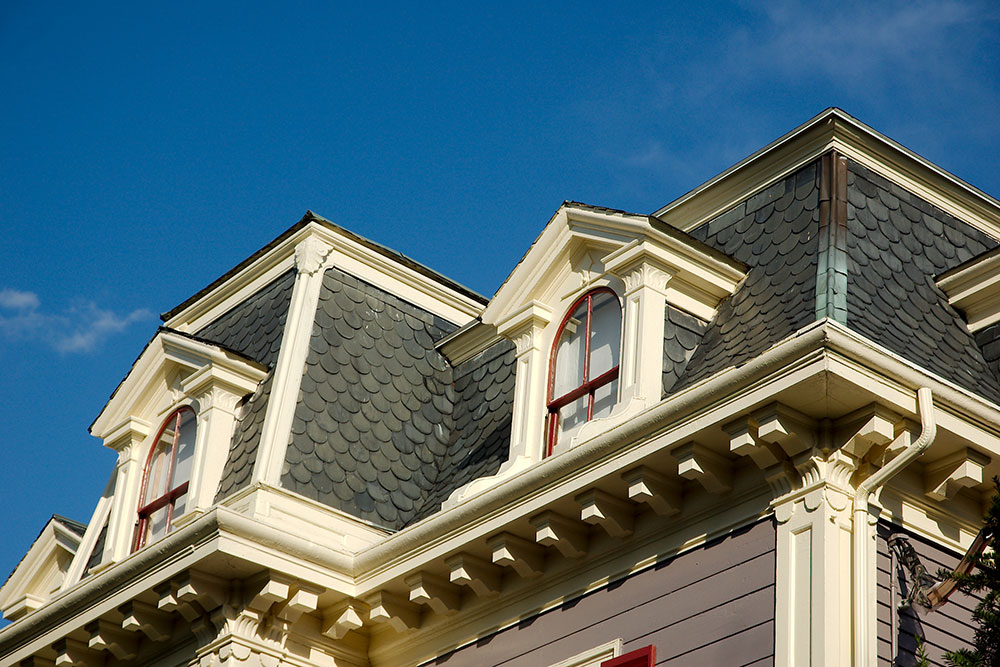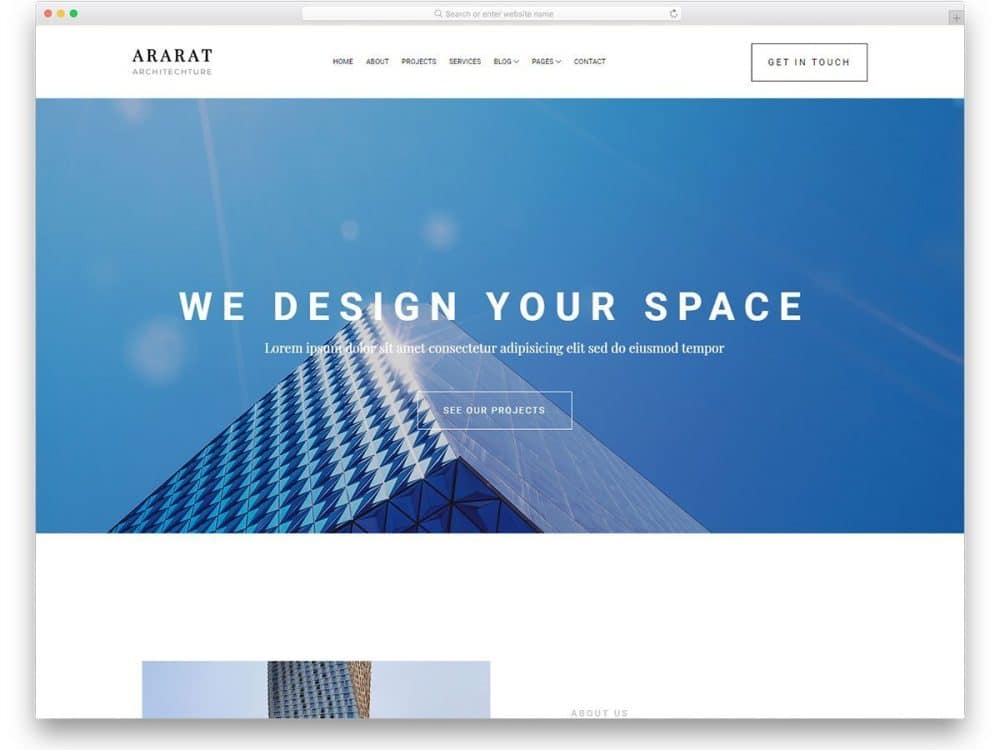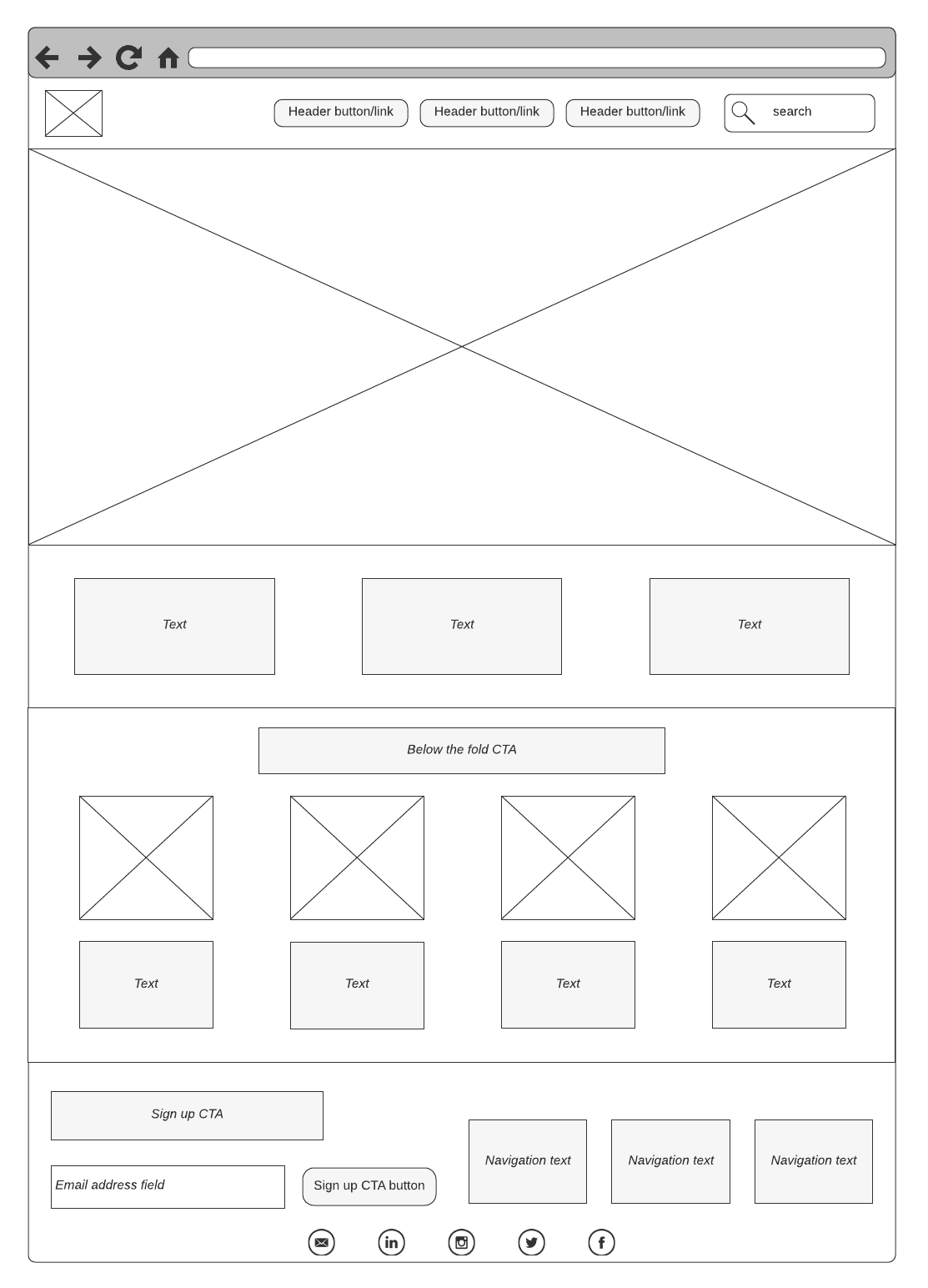Table Of Content

They work well on the steep slopes of a mansard roof, offering a variety of colors to match different architectural styles. Mansard roofs charm with their aesthetic allure, often enhancing property value simply by their distinctive appearance. The design affords additional living space, making it ideal for an attic or upper-story rooms. This spatial efficiency is a significant advantage, lending itself to future expansion without altering the roofline. The main benefit of a Mansard roof is that it provides a lot of extra living space, without taking up a lot of the exterior footprint of the house.
The Dwell House Is a Modern Prefab ADU Delivered to Your Backyard
While this shape might not have the inherent elegance of the more rounded mansard styles, it is a practical way to increase the room in your extra floor. Traditionally, mansard roofs were constructed using slate or wood shingles. Modern mansard roofs, however, employ a variety of materials including metal, asphalt shingles, and even eco-friendly options like solar tiles. The choice of material affects the roof’s durability, maintenance needs, and overall appearance. Mansard roofs have a timeless charm, often featuring dormer windows that add to their elegance and provide natural light to the interior spaces.
Second Empire Residential Architecture
Gambrel roof architecture is similar to a gable roof in that it has an angled roof on two sides of the house, but the gambrel roof has two slopes on each side rather than one. The mansard roof has two slopes on every side, the bottom slope pitched at a sharper angle than the upper slope. The mansard roof is a cross between hip roofs that have angles on all four sides and gambrel roofs that have two angled roof sections on two sides.
History of Mansard Roofs
A modern mansard roof may feature more architecturally appealing roofing materials, like GAF Timberline HDZ® shingles, which deliver both beauty and protection. Modernizing a mansard roof on an existing property may also include adding windows to the surface to help light up the interior space. Other than the additional slopes, Mansard roofs also have a unique design element that further distinguishes them from traditional gambrel roofs. If you look at the illustration below, you will notice a line of dormer windows along the steeply-raked bottom slope. The Mansard roof is a distinctive roof style with double slopes on all sides. It has aesthetic appeal but also offers practical benefits, such as adding extra space to an attic and creating opportunities for more natural light with dormer windows.

While McDonald’s patented their design, many competitors adopted a similar style. Although many of these roofs aren’t true mansard roofing designs, their similarities reflect the original style. The roofs are also a good choice for areas prone to heavy snowfall since the steep pitch helps to shed snow. The design of mansard roofs offers additional living space, which can be utilized as bedrooms, studios, or storage areas.
Even though it’s a less-known variation of hip-roof, the structure is renowned and make up an excellent architectural design. There are various forms of hip roofs, such as half-hipped, simple hip, cross-hipped, and Note. They just don’t serve the fundamental purpose of protection but also let your home look more architectural and a sort of organized.
Architectural Spotlight: The Audiffred Building-A Tribute to France - Untapped New York
Architectural Spotlight: The Audiffred Building-A Tribute to France.
Posted: Fri, 16 Dec 2011 08:00:00 GMT [source]
The mansard roof style, often interchangeably referred to as the French roof, stands out among various roof types for its unique combination of aesthetic charm and practicality. Unlike the more common gable roof or the similarly sloped gambrel roofs, the mansard style offers an expanded interior space, making it an ideal choice for those looking to maximize their attic space. The upper slope of a straight mansard roof is skillfully designed to be less steep than the lower, allowing for a distinctive curb roof appearance while providing ample usable space beneath. This architectural feature distinguishes the mansard roof from a traditional gambrel roof, which typically lacks this level of space efficiency. A mansard roof, also known as a French roof, is a type of roof characterized by its double-sloped design. The roof has two slopes on all four sides, with the lower slope having a steeper angle than the upper slope.
The complex design of the mansard roof requires skilled professionals to install and repair it properly, which can result in higher costs. Additionally, the materials used for mansard roofs, such as slate or copper, can also be expensive. Now that you have a clear idea about what a Gambrel roof is like, let us explore the Mansard roof in detail. Just like the gambrel roof, the Mansard roof features a similar slope design on two opposite sides. However, on the other pair of sides, the Mansard roof features the same sloping style. In the case of the gambrel roof, there are no slopes on its remaining faces.
While you might be justified in considering the mansard roof a historic style that isn’t used much today, there are still modern renditions of the style. The straight mansard roof allows the addition of large windows that add more symmetry and additional space to the home. They can be adapted to suit a variety of architectural styles, from Victorian to modern minimalist, demonstrating their versatility and enduring popularity. The mansard roof, a hallmark of architectural beauty and practicality, has been a significant element in building design since its inception in the 16th century. Named after the French architect François Mansart, this roof style is not only aesthetically pleasing but also highly functional.
The mansard roof is a popular roofing design that has been used by architects and builders for centuries. In this section, we will explore the use of mansard roofs in building architecture, from the famous architects known for using them to their use in different types of buildings. The type of material used for the roof will depend on the design of the building and the budget for the project.
The hip roof style features straight, gentle slopes extending downwards on all four sides to the walls. So, if you combine these two styles and have a four-sided roof with two slopes with the upper slope flatter than the bottom one, a Mansard roof is created. A mansard roof has four sides with two slopes, and the lower slope typically has a steeper pitch. Often, dormer windows are tied into the mansard roof, giving the building a distinctive appearance. The style can be either straight, convex, or concave, offering several options to complement the home's architectural design. Another advantage of a mansard roof is its unique and distinctive design.












